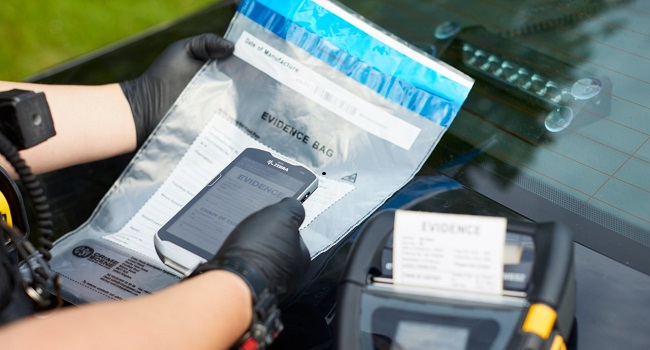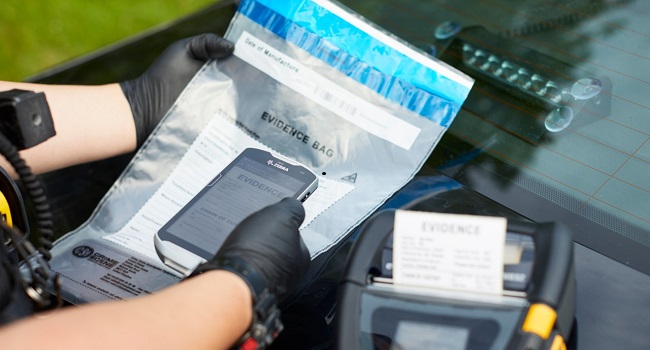Policing leaders are under constant pressure to balance budgets, meet targets, and juggle priorities of the public, government, and police and crime commissioners (PCCs). Choosing the right technology is a critical challenge, as leaders often prioritize easier implementations and quick wins over long-term missions to embed deeper levels of change and digitalization. Policing leaders must prioritize designing the right digital transformation program to embed confidence in their officers, the public, and the government. When evaluating technology options, it’s important to consider critical questions, such as how much time will be returned to officers and support staff, whether the implementation can survive at least three years of change, and what the technology allows them to do more of with fewer resources. The top keywords related to this content are security, efficiency, digital transformation, technology, and policing leaderships.
The Challenges of Leadership in Modern Policing

Leading a police service in today’s world is no easy feat. Whether you’re in charge of an entire station, heading up a team of officers, detectives, or support specialists, or overseeing the entire service, the role can feel like a constant balancing act. The demands of the public, the government, and regionally-elected police and crime commissioners (PCCs) all have to be met, while staying one step ahead of criminals and ensuring enough resources are available to keep communities safe.
The impact of technology on policing cannot be ignored. It is changing both the tools available for investigations and the types of offenses being committed. As such, police leadership must focus on the future of digital transformation within their respective services.
However, implementing technological solutions in the midst of economic turbulence can be challenging. Leaders are tasked with finding efficiencies while increasing arrest and conviction rates, as well as retaining officer numbers and public trust. Technological solutions are not quick fixes, and overcoming unrealistic expectations, fear of change, and lack of understanding of the positive outcomes they can bring are just some of the obstacles to be overcome.
Collaboration between police leadership and IT experts is necessary to navigate these challenges. They must work together to deliver a digital-first future with efficiency, cyber-security, and sustainability as top priorities. However, this requires solving numerous problems, managing conflicting viewpoints, affecting cultural change, and breaking down knowledge and comfort barriers.
The future of policing success should focus on technology-enhancing efficiency. Equipping officers and backroom colleagues with handhelds, tablets, and laptops can speed up research and reporting, and the right infrastructure can return time spent on that investment. This time can then be spent investigating crimes, showing a visible presence on the streets, and cultivating community cohesion.
By prioritizing technology that is “police-proof,” leaders can future-proof their forces and deliver a safer and more efficient service for their communities.
Prioritizing Long-Term Change and Digitalization in Policing Technology
Choosing the right technology for modern policing is a challenging task, as leaders are often forced to prioritize easier implementations and quick wins over long-term missions to embed deeper levels of change and digitalization. Budgets and targets add to the pressure, while pressure from the government, the Home Office, PCCs, and local communities create a constant balancing act.
Consumer devices may not be the best solution for policing needs. Handheld or mobile devices designed and built specifically for policing priorities will offer greater reliability, efficiency, and future-proofing. The cloud also plays a vital role in developing a roadmap that ensures compatibility and seamless work between devices, software applications, internal networks, and other services.
Security and ease of use are critical considerations in choosing police-proof technology, as breakages and losses are likely in fast-paced and volatile environments. RFID asset-tracking is becoming increasingly essential for operations, reducing financial losses and saving valuable time by continuously monitoring equipment location in real-time.
When choosing technology, it’s essential to ask the right questions and consider long-term impacts. While short-term results may take precedence, better understanding and planning can lead to success in the future. Policing leaderships need not be technology experts, but their expertise should form the foundation for any system built by a trusted partner.
A technology partner can bridge the knowledge and experience gap by explaining how solutions will solve pressing problems and advising on legacy issues. Small and managed steps on a fully mapped out journey are essential for proactivity and maintaining operational abilities while designing for the future. Policing leaderships should ensure that any new technology meets future ISO standards and does not waste funds from tight budgets.
When evaluating new technology, policing leaderships should answer three critical questions:
-
How does this technology help us solve our most pressing problems?
-
How does this technology fit with our existing infrastructure and systems?
-
How does this technology fit into our long-term vision and goals for the future?
The Critical Questions to Ask When Choosing Policing Technology
Policing leaders across all levels are seeking efficiency, security, and trust from technology. They want devices that keep officers out on the streets tackling crime, rather than leaving them stuck inside the police station filing paperwork and reports. To achieve this, leaders must prioritize designing the right digital transformation program to embed confidence in their officers, the public, and the government.
When evaluating technology options, policing leaderships should consider critical questions such as how much time will be returned to officers and support staff, whether the implementation can survive at least three years of change, and what the technology allows them to do more of with fewer resources. It’s also important to ensure that any technology is designed specifically for policing, with access to all the right systems.
Integrating technology at the heart of policing is no longer optional. It’s a must. To adapt successfully, policing leaderships must first understand and acknowledge the fundamentals and inspire others to do the same. Explore the critical role played by technology and digital transformation in policing by visiting the Zebra website.
Don’t miss interesting posts on Famousbio

